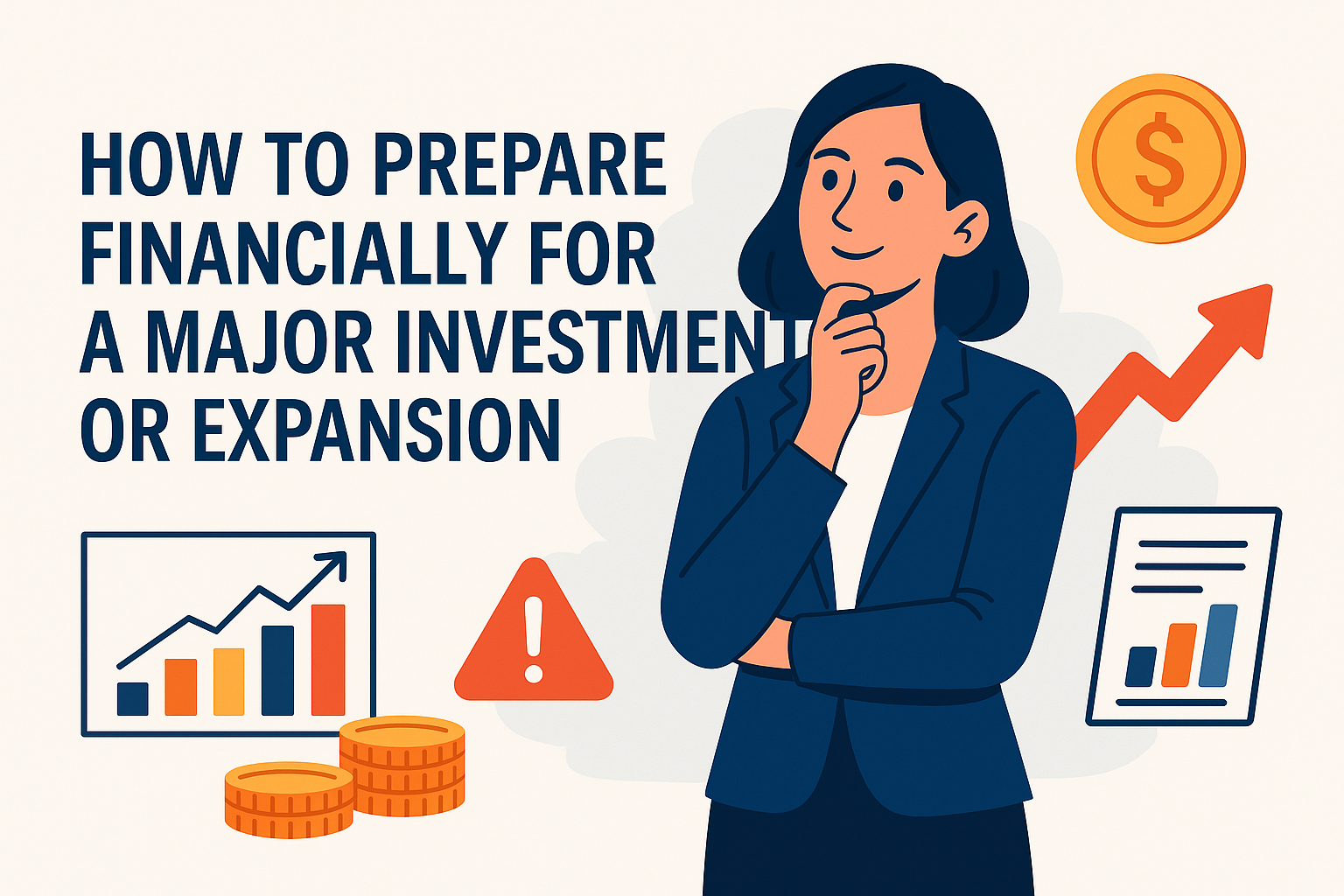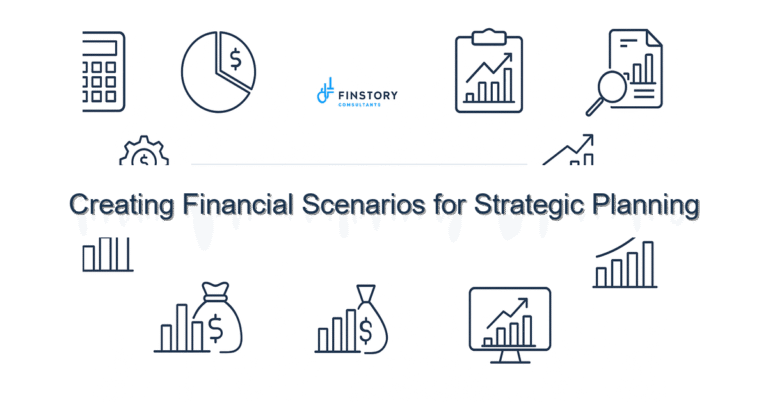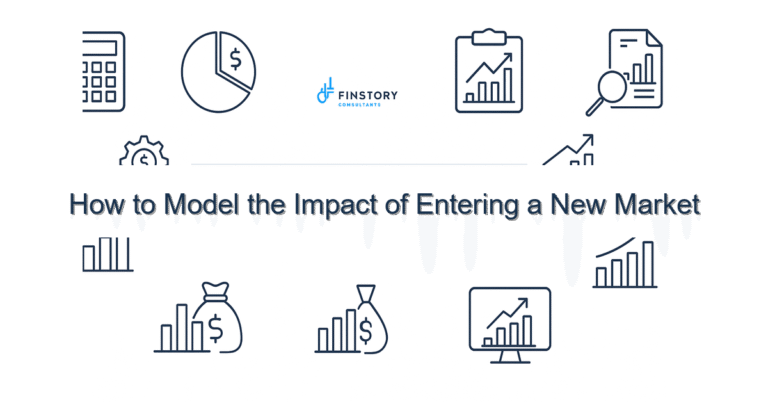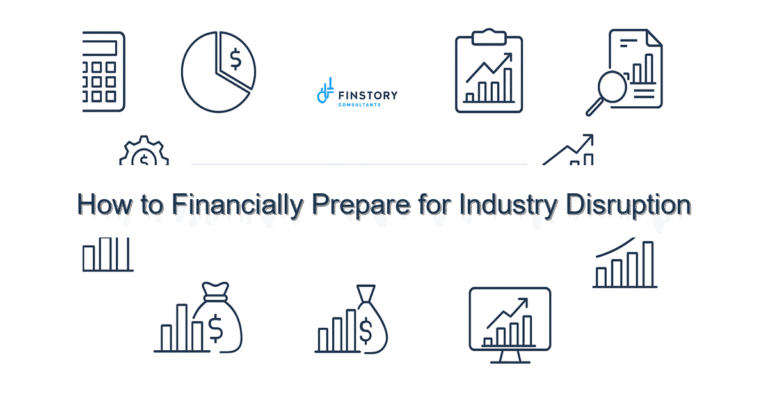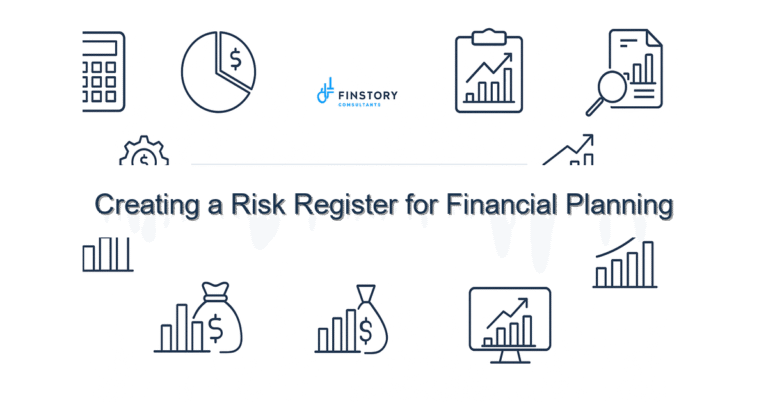Ready to Grow? How to Prepare Financially for a Major Investment or Expansion
You’ve spotted the opportunity.
Maybe it’s time to launch that second location. Bring on a sales team. Upgrade your machinery. Or finally invest in marketing at scale.
It’s exciting—and a little nerve-wracking. Because growth doesn’t just cost money—it also changes how your money moves.
So how do you financially prepare for a big leap?
What Counts as a Major Investment?
If it could significantly impact your cash flow, operations, or financial risk—it qualifies. Some common examples:
- Hiring multiple team members
- Opening a second office or retail location
- Purchasing equipment or technology upgrades
- Launching a new product line
- Entering a new market or region
- Committing to a large ad spend or rebrand
The good news? With the right financial planning, you don’t have to guess—or gamble.
Two Founder Moments
1. The SaaS Startup That Timed It Right
A small software company wanted to scale its sales team from 2 reps to 8. But they didn’t hire all at once. Instead, they modeled cash flow, identified a break-even timeline per hire, and aligned each new hire with pipeline performance. Within 12 months, revenue doubled—and cash never dipped below safe levels.
2. The Retailer That Grew Too Fast
A local boutique saw early success and opened two new stores in six months. But they didn’t plan for the extra inventory costs, seasonal dips, or longer lease terms. Cash got tight. They had to close one location and take on emergency funding—at unfavorable terms. Lesson learned: expansion requires more than enthusiasm.
5 Financial Steps to Take Before You Invest Big
1. Clarify the “Why” Behind the Investment
Is this about growth? Efficiency? Market share?
Tie the expense to a specific, measurable goal (e.g., “grow revenue by 30% in 12 months”).
2. Build a Pre-Investment Cash Flow Forecast
Map out how money will move over the next 6–12 months.
Include your regular operating expenses plus the new investment.
- Can your cash reserves cover temporary dips?
- What’s the worst-case scenario—and can you survive it?
3. Model the ROI (Realistically)
Estimate when the investment will start paying off.
Include time to impact, not just financial return. Will it take 6 months before the new team is fully productive? Is there seasonality to factor in?
Use base, best, and worst-case projections.
4. Stress-Test Your Budget
What happens if expenses are 15% higher than expected?
Or if revenue lags 3 months?
Prepping for downside scenarios helps you stay confident in real time.
5. Evaluate Funding Options Ahead of Time
Will you use savings? Line of credit? Investor capital?
Each has trade-offs. The earlier you explore them, the more leverage you’ll have when you need it.
How a Virtual CFO Makes Expansion Smarter
A Virtual CFO helps you turn a big idea into a financial roadmap. They can model timelines, challenge assumptions, track real-time performance, and identify the moment you shouldn’t go through with something.
They don’t just help you say “yes”—they help you say “not yet” or “not this way.”
Final Thought: Growth Isn’t Just a Leap—It’s a Plan
A major investment isn’t risky by nature—it’s risky when rushed.
Give yourself the gift of foresight. Run the numbers, map your runway, and build confidence before you commit.
What big opportunity is on your horizon? Before you say yes—take the time to plan your financial “how.”
